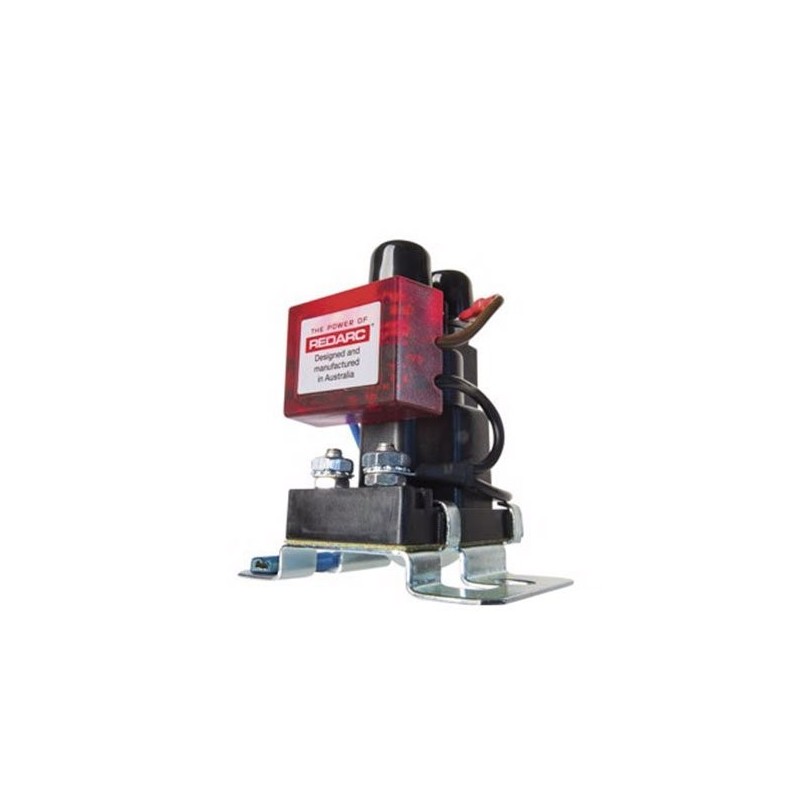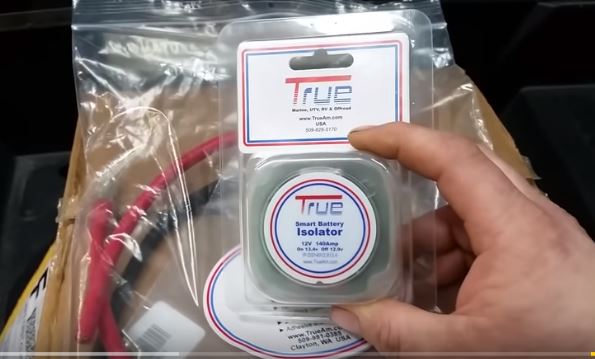

But I think we're saying something differently, so I'm happy to try again. Or maybe we're talking about two different types of isolators. If we're saying the same thing, then I'm just dense. Injection molding, Batteries, Battery Chargers, Custom UPS, and power supplies for OEMs in a hurry from PowerStream Installing one wire and one switch on a low amperage (īrilliant, I think. Perhaps even get in the habit of starting the engine this way all the time. Don't forget! This would defeat the whole purpose of the setup. So, turn the switch on, start the engine, then turn the switch off once the engine is started. With the switch on, it will have the cranking power of the two batteries combined. With the switch off, it will attempt to start from the main battery. Placing a switch on the connection allows you to temporarily control this action. Connecting the override connector to the (+)auxiliary battery effectively removes the isolator from the circuit, putting the batteries in parallel. Now, the isolators have an "override" connector (usually a yellow wire or post). I would use the inside accessories with the engine off and they would receive power as normal, from the main battery. So a way to accomplish this would be to first wire the the isolator as usual. I want to use accessories inside the vehicle using the existing wiring while the engine is off, and still be confident I can start it afterward. In my case however, I'm not looking to add any external accessories. The other feature of the invertor is to regulate the charging phase so that the second battery only gets charged once the main battery is fully charged. And rewiring internal vehicle components to power from the auxiliary battery would be a great deal of work. However, accessories inside the vehicle on the existing wiring will still get power from the main battery. Placing an isolator between the batteries (rather than wiring them in parallel) is what 'isolates" them and prevents draining both batteries with the external accessories. Normally, an auxiliary battery is installed to power external accessories connected directly to it (i.e., not through the vehicle's standard wiring). In other words, NOT a diode-based isolator.Ĭlick to expand.I've since spoken to another technician who was able to describe the operation, and was even able to give an acceptable (I think) way to accomplish what I'm looking for. Can someone who has used these isolators provide insight?īTW, I am considering one of the relay-type isolators such as the True Smart Battery Isolator, Stinger SGP32 200 AMP Battery Relay Isolator and Relay, 140 Amp Dual Battery Smart Isolator by KeyLine Chargers, or similar. I don't understand how both of these statements can be true. I thought one of the features of an isolator was to not drain the main battery if, for instance, I left the headlights on accidentally. This would require new wiring to these components, separate from the regular vehicle electrical system.

Some dealers (and manufacturers) have told me this is not true, that any components I wanted to run (in-dash stereo, amplifier, lights, cigarette lighter connector, etc.) when the vehicle is OFF, would need to be directly connected to the AUX battery. I was under the impression that another function of the isolator is to automatically switch the vehicle's electrical system to the AUX battery when the vehicle's engine is off. I understand the function of a battery isolator during the charging phase, so no problem there.


 0 kommentar(er)
0 kommentar(er)
